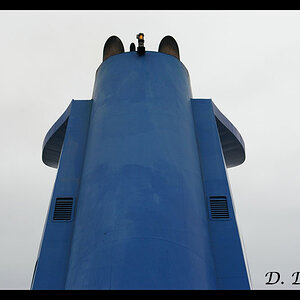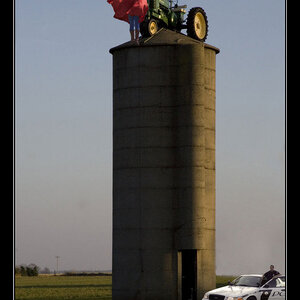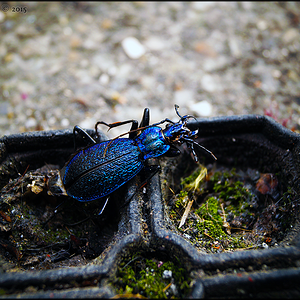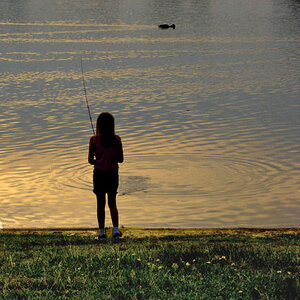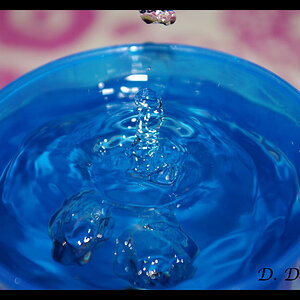VortexOne
TPF Noob!
- Joined
- Jan 13, 2011
- Messages
- 28
- Reaction score
- 0
- Location
- Texas
- Can others edit my Photos
- Photos OK to edit
I'm sorta new to photography, and understand quite a bit about its different aspects, but there's one thing I find confusing. HDR. I've read about what it is, but I don't get how it works or why its important or good. I get that its basically taking 3 pictures, one regular, one underexposed, one overexposed, and combining them, but my big question is, what is the point of this? Can anyone help me?



![[No title]](/data/xfmg/thumbnail/42/42059-61b97bbebb00e6276672551f4e3b3e43.jpg?1619739995)
